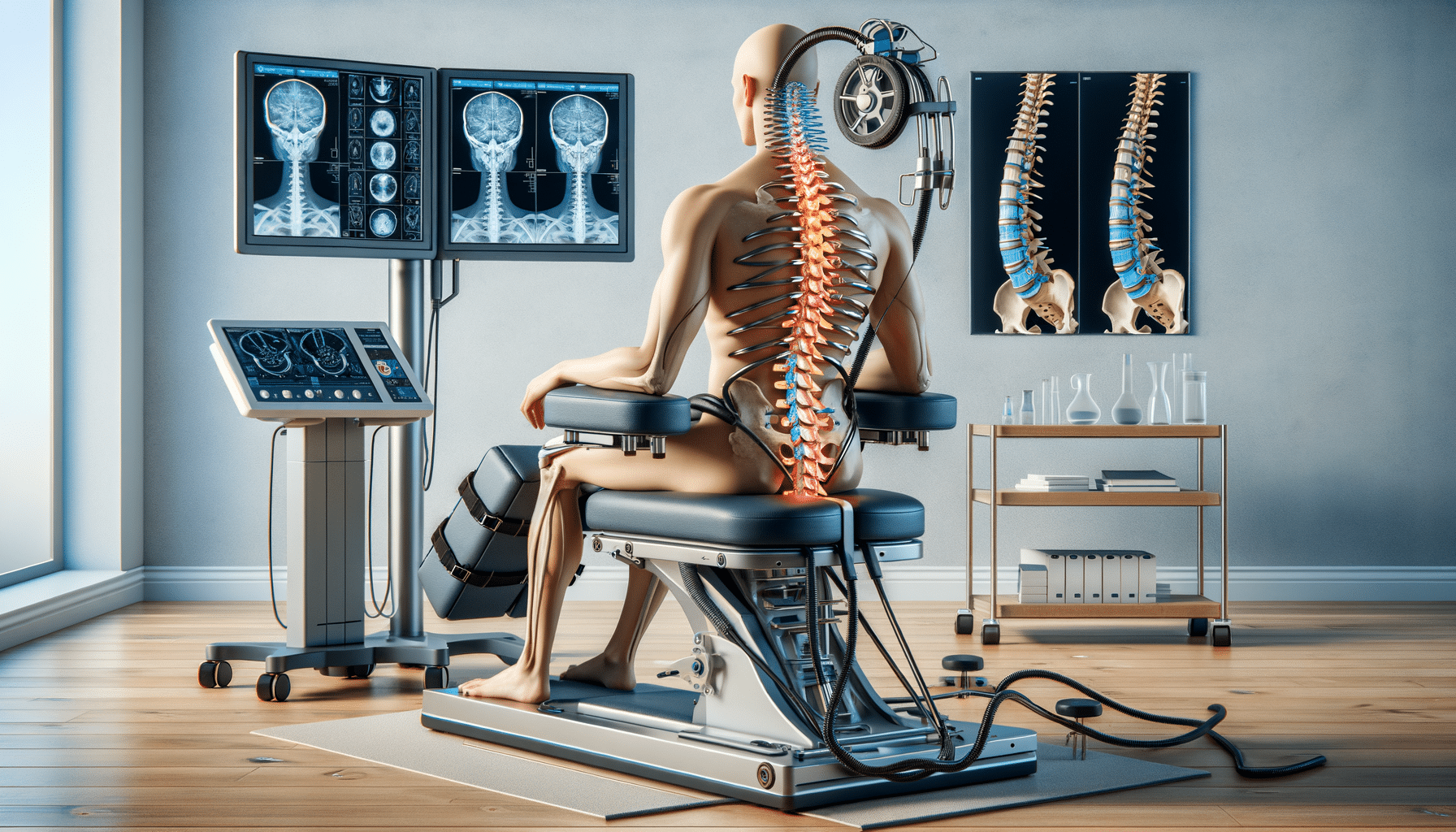
Find Trusted Decompression Specialists
Understanding Spinal Decompression: A Non-Surgical Solution
Spinal decompression is a therapeutic technique that aims to relieve pressure on the spinal discs and nerves. This non-surgical method is particularly beneficial for individuals suffering from chronic back pain, herniated discs, or sciatica. The procedure involves stretching the spine using a traction table or similar motorized device, which helps to create negative pressure within the disc. This negative pressure can encourage the retraction of herniated or bulging discs and promote the flow of healing nutrients to the affected area.
One of the primary advantages of spinal decompression is its non-invasive nature. Unlike surgical options, which can require lengthy recovery times and carry significant risks, spinal decompression is often considered a safer alternative for those looking to alleviate pain without going under the knife. Additionally, it can be part of a comprehensive treatment plan that includes physical therapy and lifestyle changes to enhance overall spinal health.
Patients considering spinal decompression should consult with healthcare professionals to determine if they are suitable candidates. Factors such as the severity of the condition, overall health, and previous treatments will be taken into account. While spinal decompression is not a one-size-fits-all solution, it has shown promising results for many individuals seeking relief from persistent back issues.
How to Find Reputable Spinal Decompression Doctors Near You
Finding a qualified spinal decompression doctor involves more than just a quick internet search. It’s essential to consider several factors to ensure you receive the best care possible. Begin by seeking recommendations from your primary healthcare provider, who can offer insights based on your medical history and specific needs.
Once you have a list of potential specialists, research their credentials and experience. Look for doctors who are certified in spinal decompression therapy and have a track record of successful treatments. Online reviews and patient testimonials can provide additional insights into the quality of care provided by the doctor.
Another important aspect is the clinic’s facilities and equipment. Ensure that the clinic is equipped with modern, well-maintained machinery that meets industry standards. A visit to the clinic can also give you a sense of the environment and the professionalism of the staff.
Lastly, consider the location and accessibility of the clinic. Regular sessions may be required, so choosing a conveniently located clinic can make it easier to adhere to your treatment plan. By taking these steps, you can find a reputable spinal decompression doctor who meets your needs and expectations.
What to Expect During a Spinal Decompression Session
Understanding what happens during a spinal decompression session can help alleviate any anxiety and prepare you for the treatment. Typically, a session begins with a consultation where the doctor reviews your medical history and discusses your symptoms. This initial assessment helps tailor the treatment to your specific condition.
During the procedure, you will be asked to lie on a motorized table, either face up or face down, depending on your condition. A harness is fitted around your pelvis and another around your trunk. The table is then adjusted to gently stretch your spine. This process is controlled by a computer, allowing for precise adjustments to the tension and angle of the stretch.
Each session lasts about 30 to 45 minutes, and most treatment plans consist of 20 to 28 sessions over five to seven weeks. Patients often report feeling a sense of relief and relaxation during the session, as the pressure on their discs and nerves is alleviated.
It’s important to note that while spinal decompression can provide significant relief, it is not a quick fix. Consistency and adherence to the treatment plan are crucial for achieving the best results. Discuss any concerns or questions with your doctor to ensure you are fully informed and comfortable with the process.
Exploring the Benefits and Limitations of Spinal Decompression
Spinal decompression offers several benefits, making it an attractive option for those suffering from back pain. By reducing pressure on spinal discs and nerves, it can alleviate pain and improve mobility. This can lead to an enhanced quality of life, allowing individuals to engage in activities they might have previously avoided due to pain.
Additionally, spinal decompression is a non-invasive procedure, which means it carries fewer risks compared to surgical alternatives. There is no need for anesthesia, and the recovery time is minimal, allowing patients to return to their daily routines more quickly.
However, spinal decompression is not without its limitations. It may not be suitable for everyone, particularly those with severe osteoporosis, fractures, or tumors. Furthermore, while many patients experience relief, results can vary, and some may not achieve the desired outcome.
It’s essential to have realistic expectations and understand that spinal decompression is often part of a broader treatment plan. Combining it with physical therapy, exercise, and lifestyle modifications can enhance its effectiveness and contribute to long-term spinal health.
Making an Informed Decision: Is Spinal Decompression Right for You?
Deciding whether spinal decompression is the right treatment for you involves careful consideration of various factors. Start by consulting with healthcare professionals who can provide a comprehensive evaluation of your condition. They can help determine if spinal decompression is a viable option based on your specific needs and medical history.
Consider the potential benefits and weigh them against any limitations or risks. Discuss with your doctor what you hope to achieve from the treatment and how it fits into your overall health plan. It’s also beneficial to speak with others who have undergone spinal decompression to gain insight into their experiences and outcomes.
Additionally, consider the commitment required for the treatment. Spinal decompression often involves multiple sessions, so ensure you are prepared to adhere to the schedule and any accompanying therapies or exercises recommended by your doctor.
Ultimately, the decision to pursue spinal decompression should be based on a thorough understanding of the procedure and its potential impact on your health. By gathering information and seeking professional guidance, you can make an informed choice that aligns with your health goals and lifestyle.